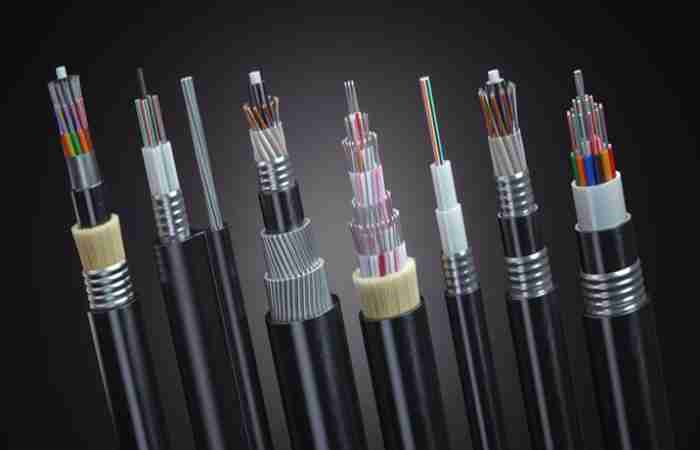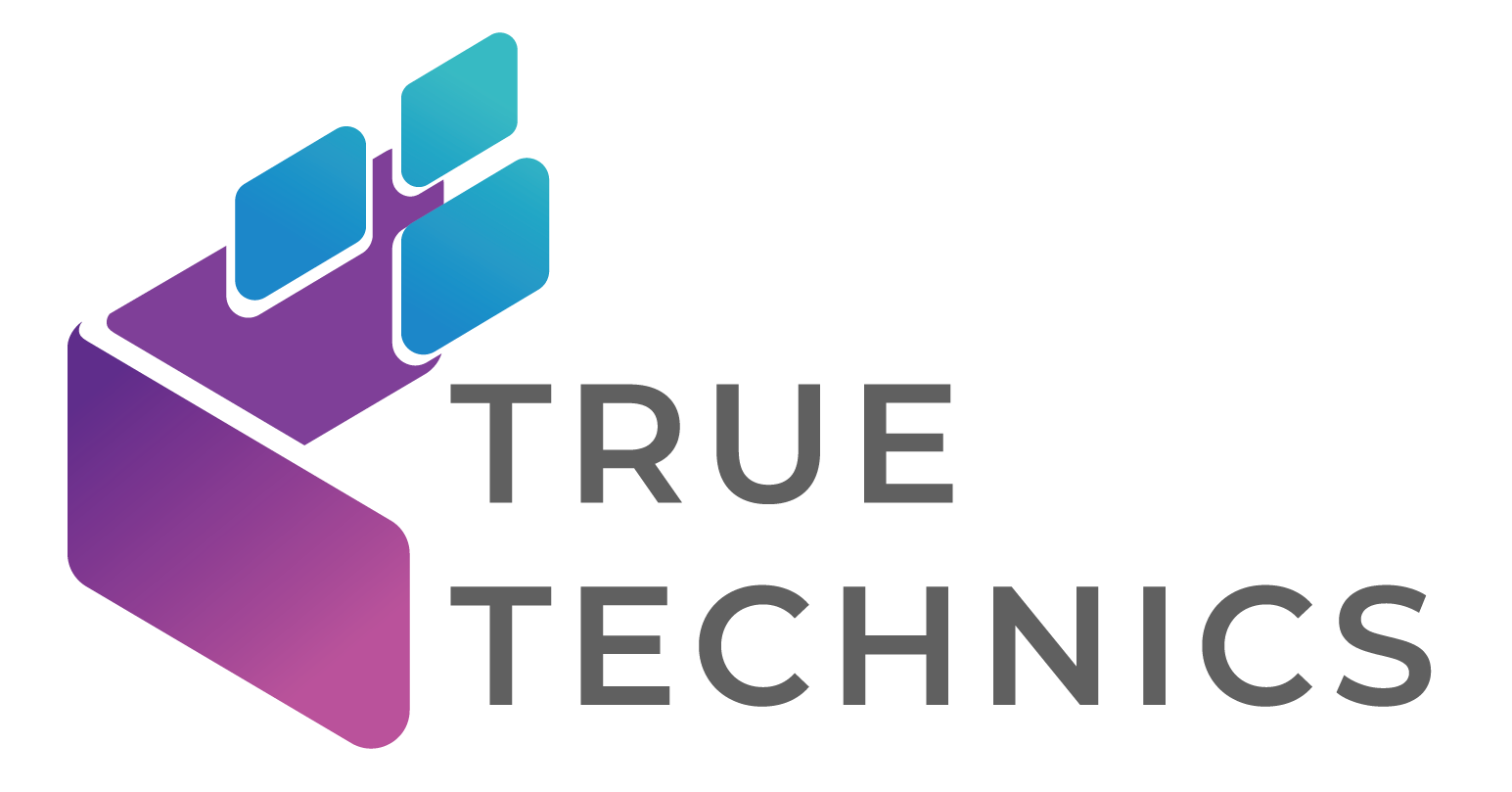Fiber Optic Technology
Fiber optic internet provides unmatched speed, reliability, and security compared to other services. It can deliver broadband speeds up to 10 Gbps. In tests, it has reached speeds of 301 Tbps, showing its potential for even greater speeds.
High speeds and reliable service make fiber internet very popular. Right now, 76.5 million U.S. homes can access fiber internet. This number is set to grow significantly soon.
How does fiber internet work? Let’s explore the process and benefits of fiber internet. We’ll also compare it to other types of internet connections.
What is Fiber Optic Technology?
How Do Fiber Optic Cables Work?
Fiber optics is the way light travels through flexible glass or plastic fibers. This method was first shown in the 1840s with bent glass rods. Fiber optic internet sends data as light pulses. These pulses travel through optical cables and are changed back into electronic signals. This process allows computers and other devices to use the data.
An optical fiber is 125 microns in diameter, a little thicker than a human hair. A fiber optic cable can have between 4,432 and over 6,900 fibers. This means it can send a huge amount of data.
Comparison to Other Internet Technologies
How well does fiber optic work for internet delivery compared to other technologies? DSL and cable are fiber’s main competitors, and fiber optics outperforms them both.
Fiber Internet vs. DSL
DSL, or Digital Subscriber Line, uses phone lines to transmit internet signals. With a maximum speed of 500 Mbps, DSL falls far short of fiber internet’s 10 Gbps, which is 100x faster. Fiber internet is more secure. It has a lower risk of data theft or interception. Plus, fiber cables are less likely to lose service from environmental damage.
Cable vs. Fiber Optics
Fiber internet sends data as light pulses through glass fibers. In contrast, cable transmits electrical signals through copper wiring. Cable is slower than fiber, with most signals ranging from 10 to 1000 Mbps to a maximum of 1 Gbps. Signals often drop during peak times, so fiber is better for 4K streaming and heavy data use. Cable is, however, more widely available than fiber internet services.

Benefits of Fiber Optic Technology
Speed and Reliability
Fiber internet provides speeds of up to 10 Gbps. It also has less signal interference over long distances. You get faster download and upload speeds with reduced latency and better security. Fiber is less likely to be interrupted because most lines are buried underground.
How fast is your internet? Run a quick internet speed test to find out!
Scalability for the Future
Fiber internet can carry much more data than it does now. This makes it very scalable and ready for the future. It maintains high speeds and low latency even as data traffic increases. New technology easily connects with fiber networks. This lets networks grow to meet demand. Durability matters too. Copper cables last about 80 years. In contrast, fiber optic cables are made from polyethylene, which has a half-life of 1,200 years.
Real-World Applications of Fiber Optic Internet
With the question “how do fiber optic cables work?” answered, let’s get into what’s important: how fiber internet improves your life. Fiber internet improves your entertainment, work, education, and communication experiences.
Streaming and Entertainment
Fiber optic internet offers high download speeds and low latency. This means you can stream 4K videos and play games smoothly. You’ll experience less buffering, even with multiple devices connected. One family member can stream high-definition TV. Meanwhile, another can play a graphics-heavy video game. Neither activity slows the other down.
Work and Learning from Home
Remote work or studies depend on easy online collaboration. This includes using document-sharing apps, virtual libraries, and videoconferencing tools. Fiber optic internet offers fast speed and great reliability. This helps you stay focused and productive, with no delays or interruptions. Video conferences are clear and crisp, and large files upload quickly and efficiently.
Smart Home Efficiency
Too many smart home devices on DSL or cable can overload your bandwidth. Fiber internet lets you use many devices at once. It won’t slow down your streaming, gaming, or work.
Improved Communication
Online video calls let you stay connected with friends and family. They also support remote work and learning. Fiber eliminates annoying delays in audio and video that plague slower internet services.
Is Fiber Optic Internet Right for You?
Availability and Cost Considerations
Fiber internet is now available for 51.5% of US households. However, most of the necessary infrastructure is found mainly in urban areas. Fiber cables’ flexibility makes large-scale installations easier than copper wiring. The cost to build the needed infrastructure is high. So, fiber internet is often not available in remote or rural areas.
Prices for fiber internet typically range from $50 to $100 depending on speed tier. A $ 50-a-month service will get you speeds of 100 – 300 Mbps. Depending on location, plans offering 1 Gbps or more cost $100 or more.
Checking Your Area for Fiber Options
As noted above, fiber optic internet is not available everywhere. Check trusted local internet providers to see if they offer fiber.
The Future of Internet Delivery
Fiber optic internet is set to take over the market. It offers high speeds, reliability, better security, and easy scalability. Curious about fiber optic internet in your area? Contact your local provider today to explore options and upgrade your online experience!


